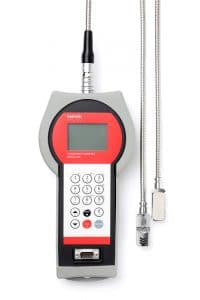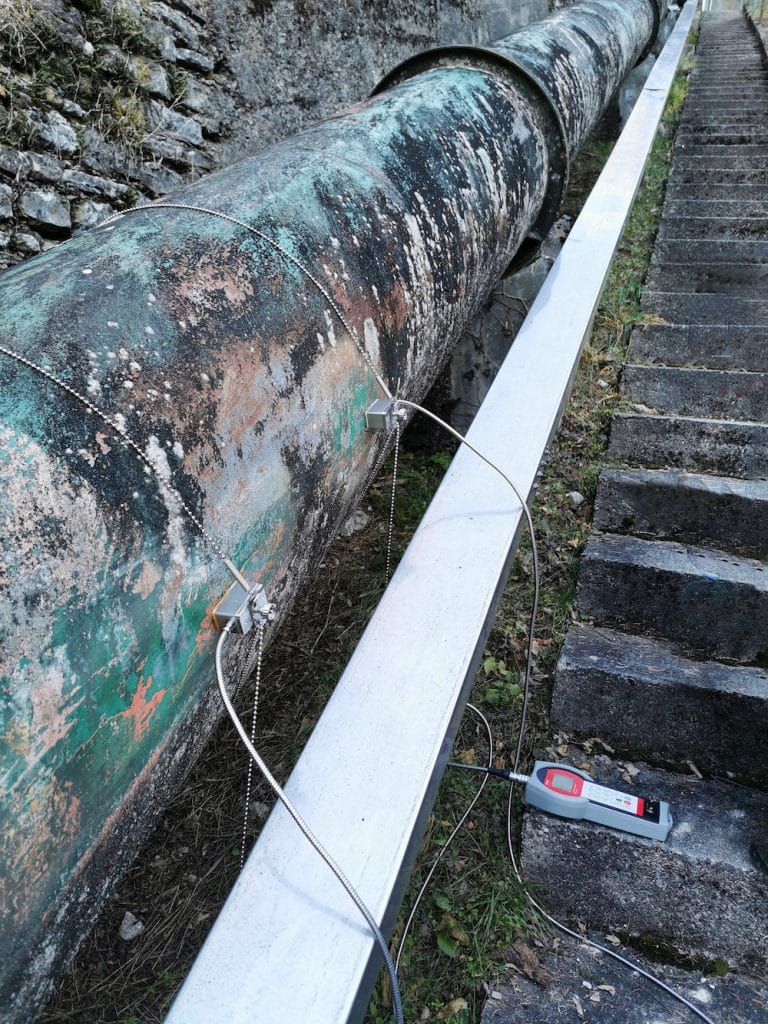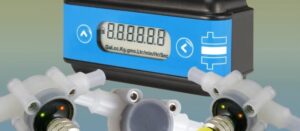![]()
Hydroelectric power plants, when they are taking water from watercourses, are of course subject to maximum abstraction limits, and as they age and become less efficient, more water is required to generate a given amount of electricity.
Katronic is helping a group of small hydroelectric plants in Italy to stay inside their abstraction limits by providing non-invasive, clamp-on flow measurement on iron inlet pipes, reliably and accurately measuring flow into the generator plant.

Katronic’s Italian distributor Selemark was approached at an exhibition by an engineer for the group who explained that the turbines in their hydroelectric plants have been in place since the 1950s and the higher water flow that they now require to meet generation targets meant that they are running the risk of breaching their permissions. In advance of a planned refurbishment, they needed a flow measurement solution, one that could be installed without interrupting power generation.
The pipework is outdoors for its full length and runs uphill at a typical angle of 27 °, and the mountainous terrain leads to an estimated ambient temperature variation of between -20 °C and +35 °C. The pipes feeding the plant are iron, 650 mm diameter, and rusted enough to give an estimated roughness on the internal surface of as much as 4 mm. The flow through the pipes is typically 1.0 m3/sec, and the customer wanted as accurate a measurement of flow as possible along with a reliable alarm if flow reached the breach of abstraction limit of 1.5 m3/sec.
Proof of concept tests was undertaken using a Katronic KATflow 200 portable ultrasonic flowmeter and compact K1 transducers. For permanent installation, a number of maintenance-free mounting options are available, including rubber pads and/or a stainless steel mounting rail and cover, but for the test, the standard coupling gel and mounting chain supplied with the KATflow 200 was used. Katronic flowmeters feature an ‘Audible Sensor Positioning Assistant’, making it straightforward to accurately place the transducers on the pipe to achieve the maximum signal strength, and clear and logical, prompt-led programming makes it easy to set up each unit.

The amount of rust on the inside of the pipe, along with the predicted flow velocity of between 3.1 and 4.9 m/s was expected to create a lot of turbulence and therefore a noisy signal, but the advanced signal processing in the KATflow 200 meant that the measurement of the flow rate settled almost immediately and gave a good result. An engineer from the end-user was on site too, and they were able to verify the performance of the meter by varying the flow rate by known percentages and confirming the reading.
Click here for related articles and news
Sign up for Flow Control and Measurement E-Updates
Providing reliable flow measurements to satisfied customers since 1996. Katronic’s excellent reputation has been built on offering accurate and intuitive clamp-on flow meters supported by market-leading customer service and technical support. Katronic was established in the UK in 1996 as a distributor of process measurement instrumentation with a …
Source of Article



